VELscope
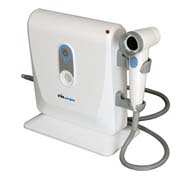
Conventional oral cancer screenings are apart of every exam, but now with the use of VELscope, we can see beneath the surface and detect dangerous growths not visible to the human eye. The procedure is pain free and helps detect not just oral cancer but human papilloma virus (HPV) as well. HPV is a sexually transmitted disease that effects both men and woman and has been proved to cause oral cancer. HPV is the leading cause of cervical cancer in woman. According to both the FDA and CDC, at least 50% of people who have had sex will have HPV at some time during their life. Most people with HPV don’t develop symptoms or health problems, which is why it is so important to be tested regularly.
Prophylaxis
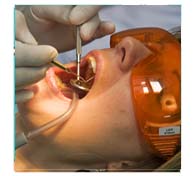
Dental prophylaxis, or routine cleaning, is essential in maintaining healthy teeth for people of all ages. These cleanings help protect you from periodontal disease, tooth decay and other unpleasant tooth conditions. A dental prophylaxis appointment includes an evaluation or personal oral hygiene, plaque and tartar removal and polishing the teeth. For children, these appointments help establish healthy oral hygiene habits and include fluoride treatments as well.
Periodontal charting
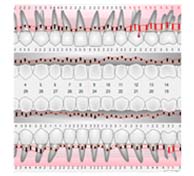
Periodontal charting allows your doctor to track the progress of your dental health through a graphic depiction of the mouth. Each tooth is identified and any changes to it are noted after each appointment. As periodontal charting helps track any dental changes, scaling and root planning can help prevent future damage and periodontal disease by deep cleaning the teeth to remove all traces of plaque and tartar.
Dental X-rays
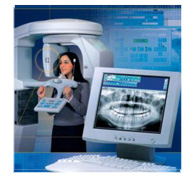
Dental X-rays are a valuable diagnostic tool used to identify decay, tumors, cysts and extra teeth, as well as track the progress of previous procedures. Although generally considered safe, traditional X-rays briefly expose patients to radiation. New technologies now allow for digital X-rays, which reduce radiation exposure by up to 80 percent, and produce instant, high-quality images.
Sealants
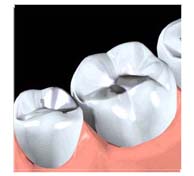
Good oral hygiene – brushing and flossing daily – and a healthy diet are the best way to prevent plaque build-up in the mouth. But even the most thorough brushing does not always reach the deepest indentations in the back teeth (molars). Dental sealants fill in these depressions, preventing bacterial formation that causes tooth decay and other damage. In a procedure that takes only a few minutes per tooth, the dentist cleans the tooth, applies an acid solution to roughen the surface, and bonds a plastic sealant to the tooth. A special light may be used to speed the hardening process. Sealants can help both adults and children, and may be re-applied every few years.
